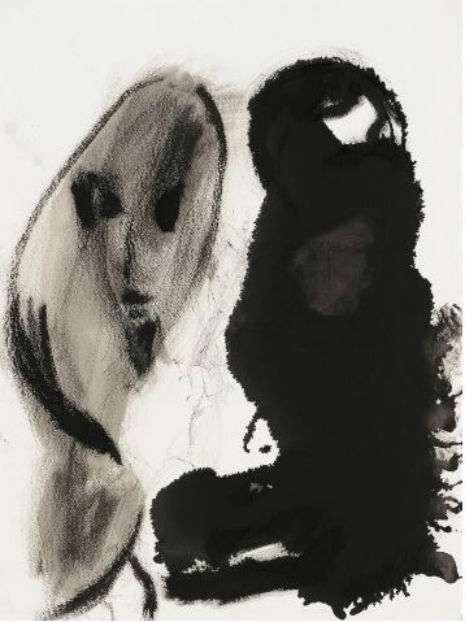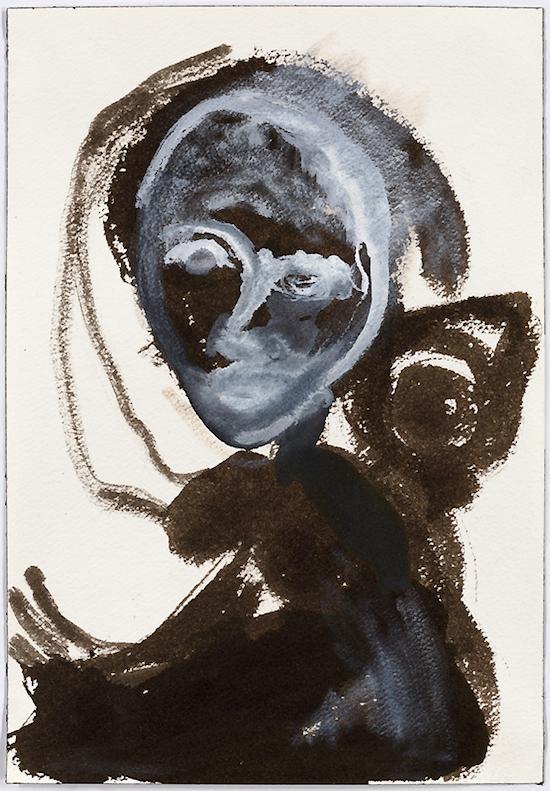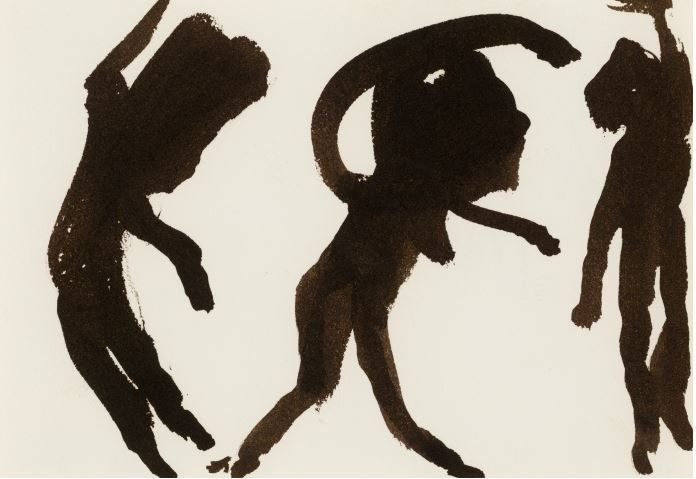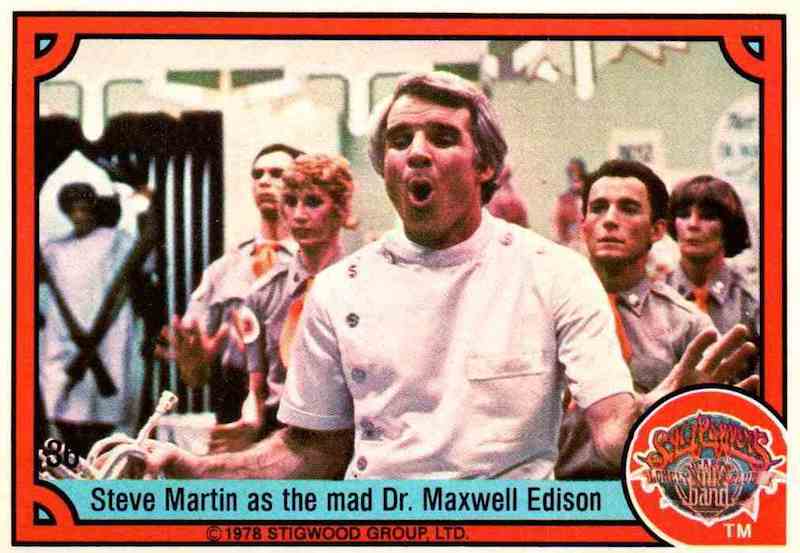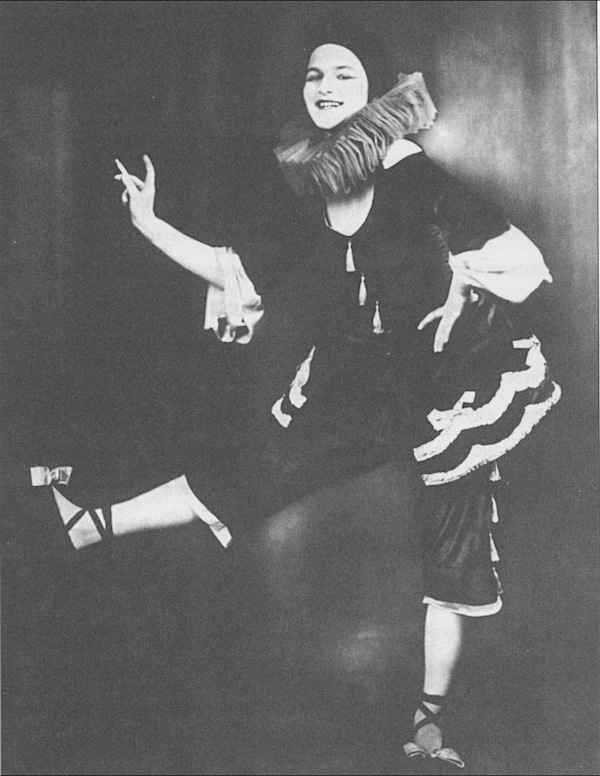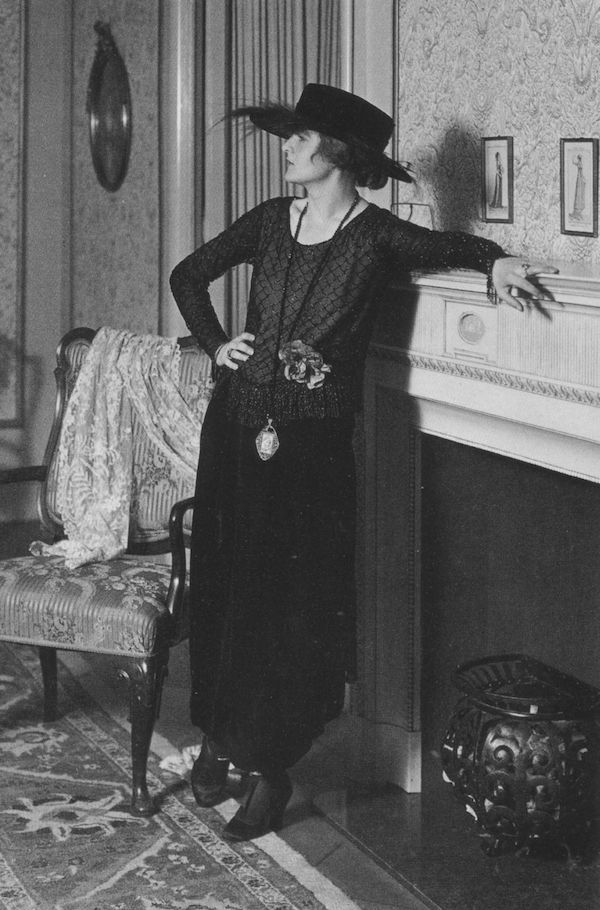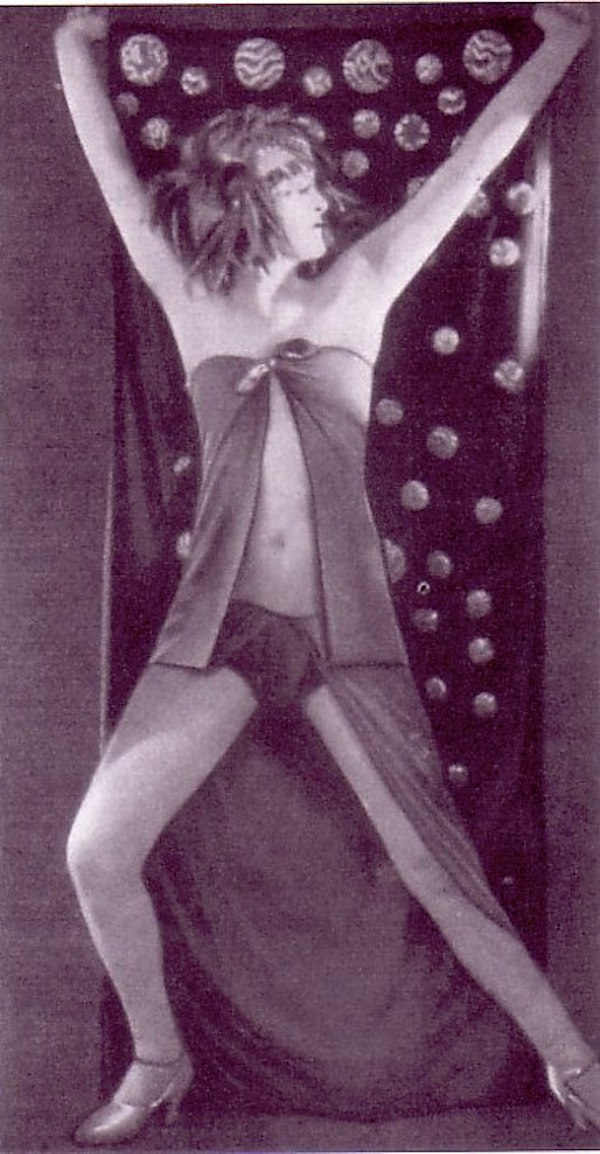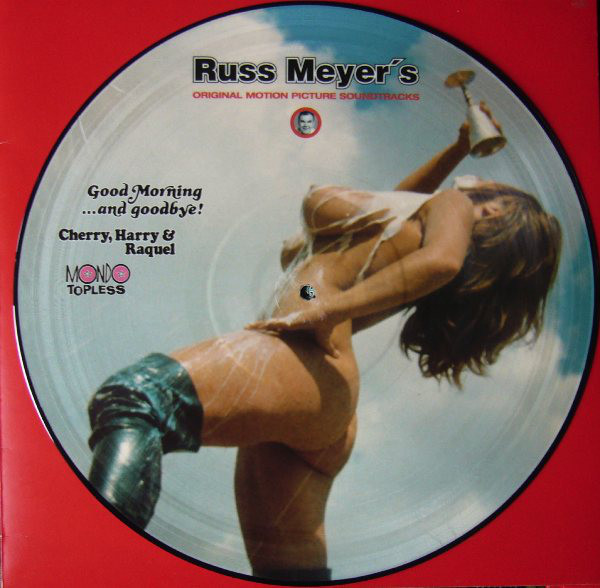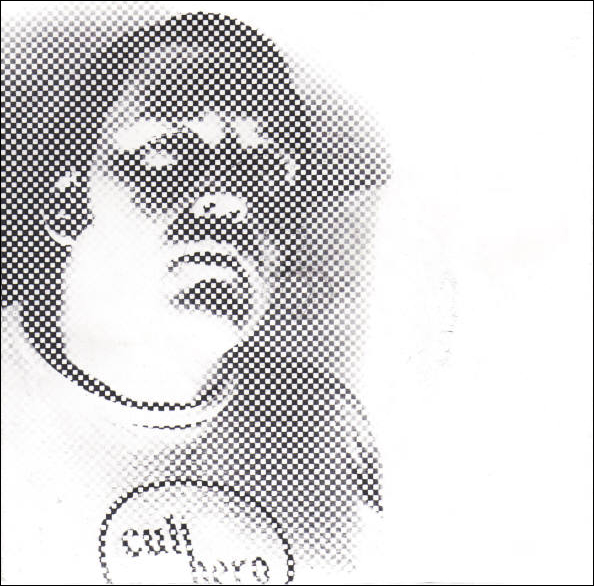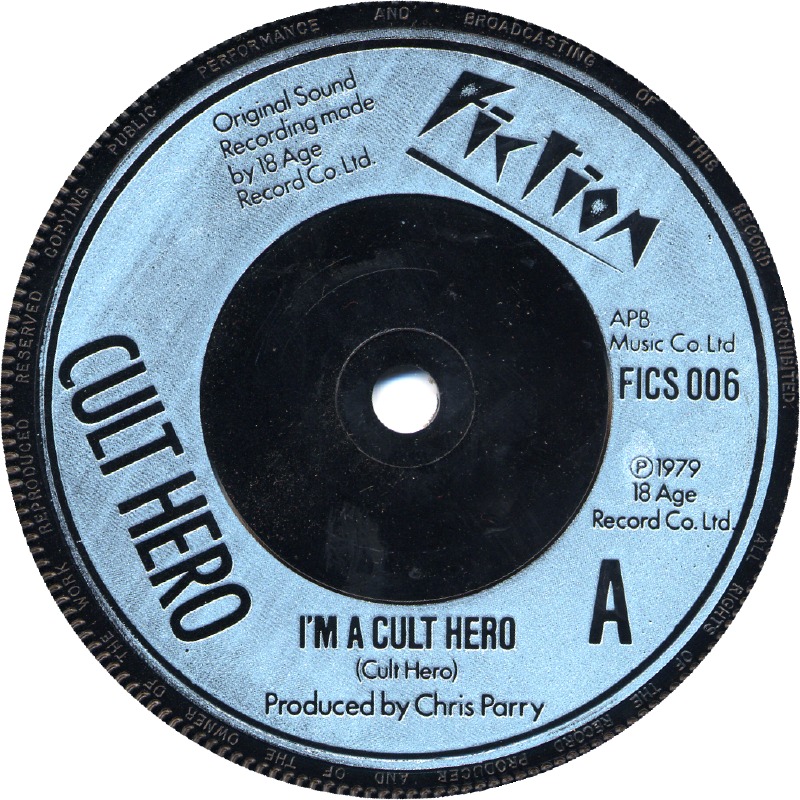
What is the most politically effective thing that a street artist has ever painted on a wall? Was Banksy the person who did it? Did it read “ROMANI ITE DOMUM” (or “ROMANES EUNT DOMUS” for that matter)?
Of street artists to whom we can apply a specific name, you could certainly argue that Keith Haring was the one who takes the prize, for his hundred or so meters of familiar Haring-esque figures that he painted on the Berlin Wall in October of 1986. It was a big enough deal to make the New York Times the next day.
To review: The East German government put up the Berlin Wall in a surprise move in 1961 to keep its citizens from defecting to the West. The Berlin Wall was a very serious business; more than 100 East Germans were killed over the years attempting to escape the dictatorship.
One of the best-known gates through which to pass from East Berlin to West Berlin and vice versa (with the proper documentation, of course) was Checkpoint C, which quickly became known as Checkpoint Charlie, as it became something of a tourist attraction for Westerners to take photographs of the ominous barrier.
The entirety of the Wall lay a couple of meters inside East German territory, which meant that the many West Germans who eventually decorated the Wall with provocative art were technically violating East German sovereignty and in theory were fair game to be shot by the many vigilant East German guards on patrol.
In the mid-1980s, the director of the Checkpoint Charlie Museum, a man named Rainer Hildebrandt, extended an invitation to Keith Haring to come to Berlin and use the Wall for his canvas. When Haring received word of the invitation, he was touring Europe and was eager to exercise his agitprop instincts in a world-historical manner by attempting to “destroy the wall by painting it,” which in a way was exactly what ended up happening, not to overstate Haring’s importance to that process.

In order to prepare for Haring’s visit, employees of the Checkpoint Charlie Museum painted a hundred-meter stretch of the wall yellow according to Haring’s instructions. The next day, October 23, 1986, Haring “completed the mural in somewhere between four and six hours,” which is pretty remarkable when you think about it, even though Haring’s ability to work quickly was surely honed by his years defacing the walls in the New York subway system in the late 1970s and early 1980s.
According to Haring, “I decided on a subject, which is a continuous interlocking chain of human figures, who are connected at their hands and their feet—the chain obviously representing the unity of people as against the idea of the wall. I paint this in the colors of the German flag—black, red and yellow.” Haring called the provocation a “humanistic gesture” as well as ‘‘a political and subversive act—an attempt to psychologically destroy the wall by painting it.’’ As the New York Times reported the next day,
Since the first six feet of land on the Western side belong to the East, the artist was not just defacing property of the East German Government—he was entering that country without a visa. A West Berlin policeman used a megaphone to warn him of the fact. But Mr. Haring continued, sporadically leaping back onto Western soil when East German border guards looked as if they were about to arrest him.
As soon as East German guards ascertained that Haring was not “defaming” East Germany, they left him alone to proceed with his art, even though he had technically entered East Germany without official authorization.
Haring was asked whether the mural was just a publicity stunt, and he replied, ‘‘The main objective here is that it is not an insignificant act that goes unnoticed. The entire world should know that it happened, reinforcing its political significance.’‘
Hilariously, the New York Times quoted a young citizen of Berlin who scorned Haring’s contribution to the Cold War art, saying ‘‘This is Valium, there’s no provocation in it. In every third toilet in Kreuzberg you can see the same graffiti.’‘
Haring’s mural did not last long at all. According to Jennifer Mundy of the Tate Museum in London,
That night or early the next day, however, someone painted large sections of the mural grey, perhaps in political protest against the upbeat message of the American’s work. Quickly, other artists and graffitists painted on the hundred-metre section that Haring had used. Within months there was very little left to see. Paradoxically, it was not censorship by the East German authorities that Haring needed to have feared but other artists.
Here is how Haring’s contributions looked just a short while later:

On February 16, 1990, Haring died of AIDS-related complications, so he was still alive when the Wall finally fell on November 9, 1989. Remarkably, just eleven months earlier, Erich Honecker, the longtime leader of East Germany, who would crucially no longer be in power by the end of October, predicted that the Wall would stand for at least 50 more years. He was only off by about 49 years.

More after the jump…...
Posted by Martin Schneider
|
08.11.2017
10:23 am
|











